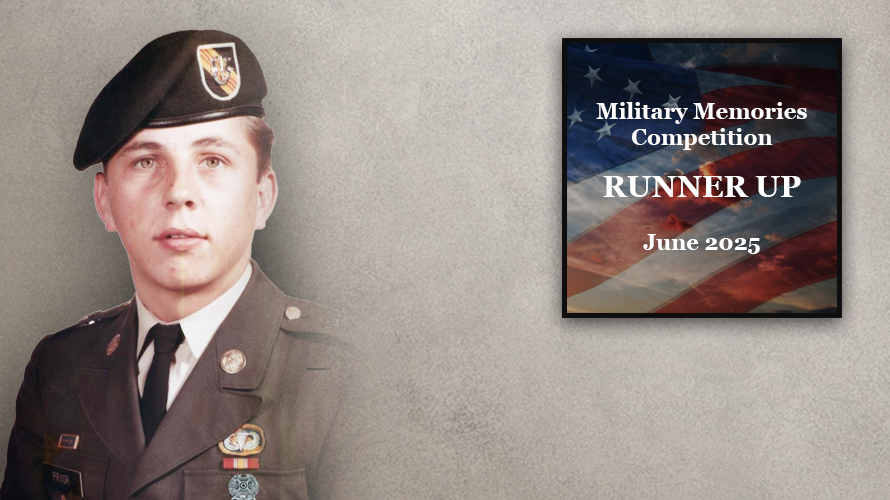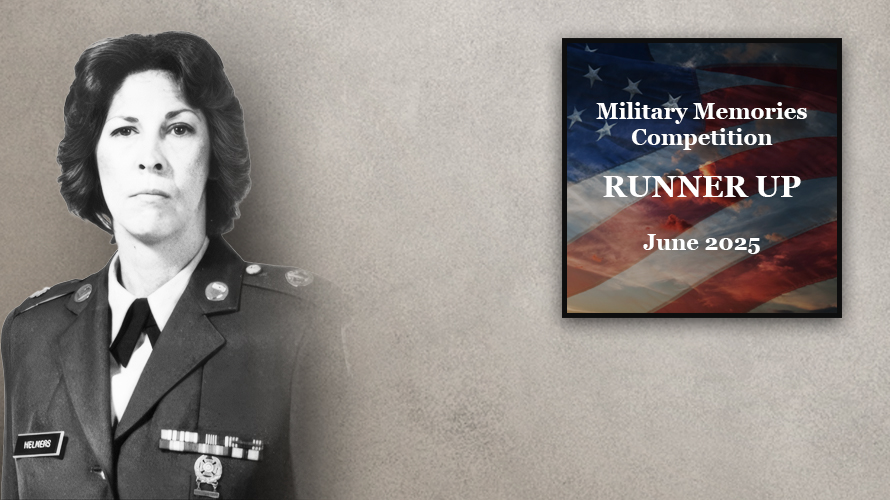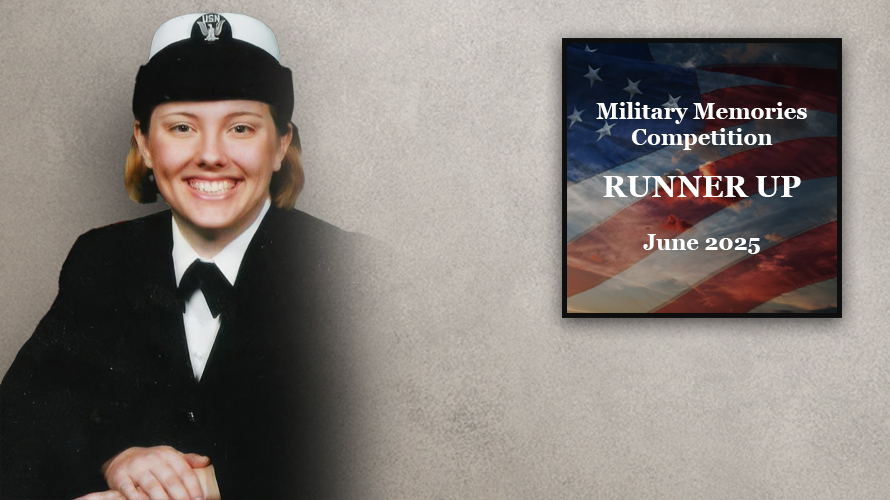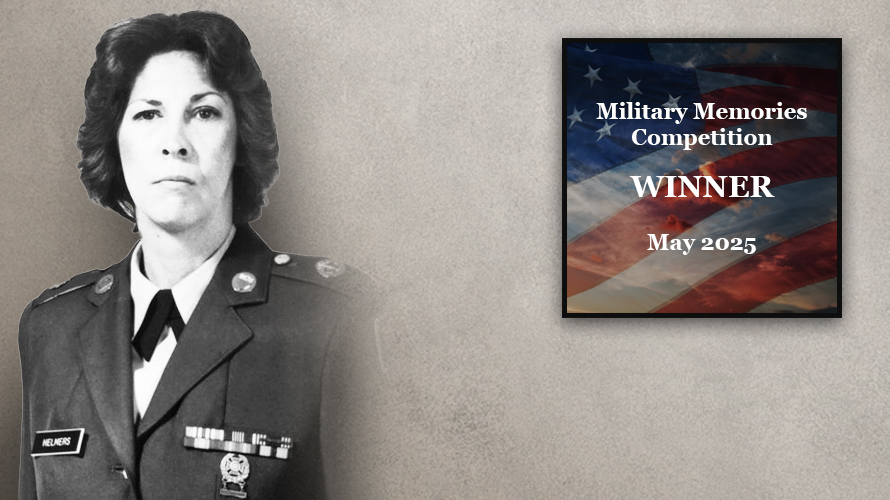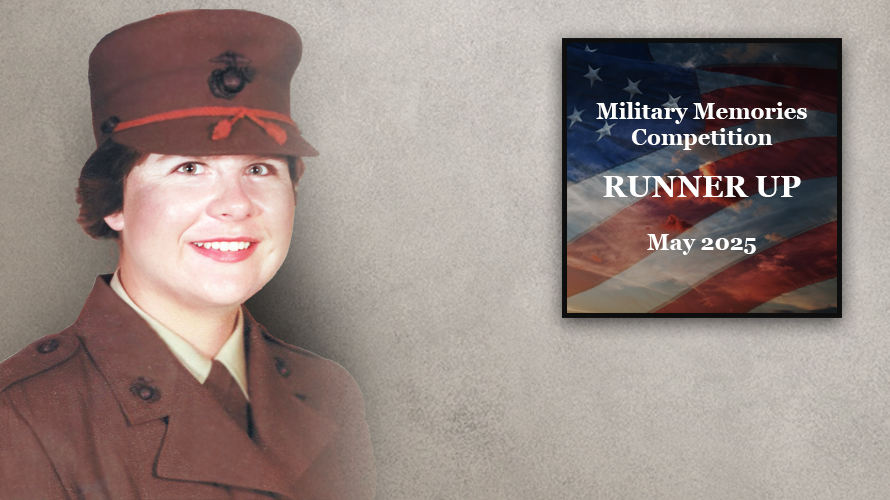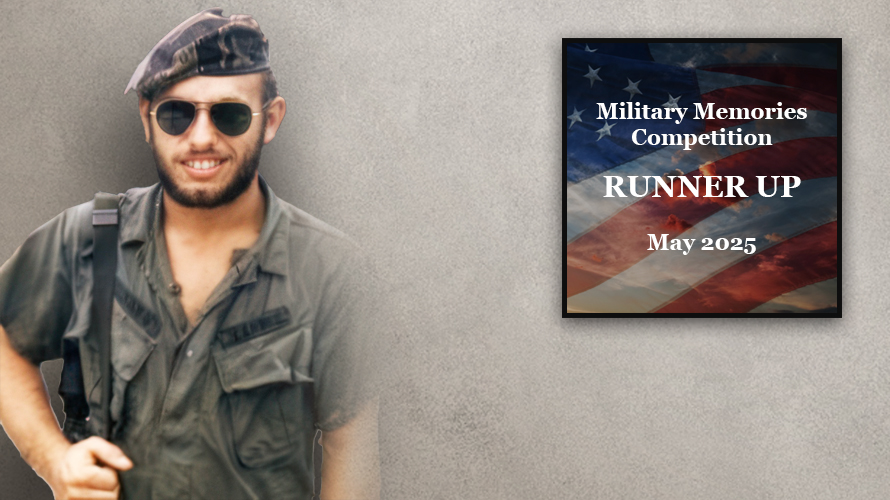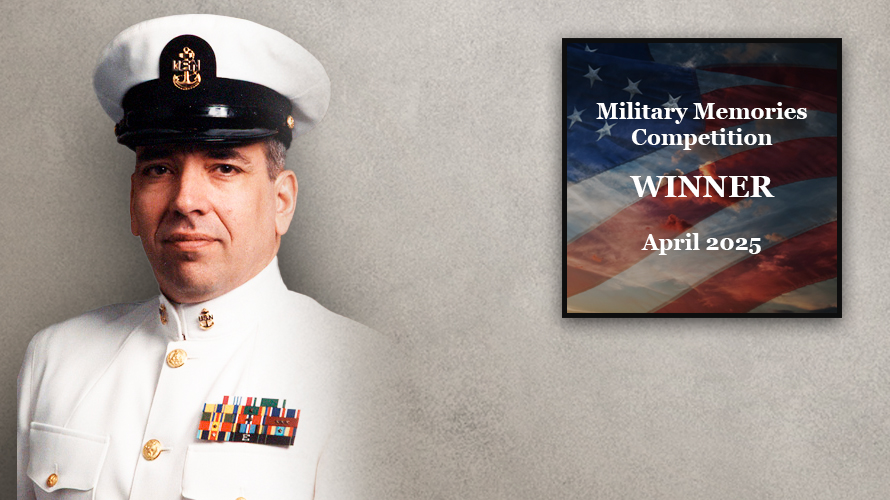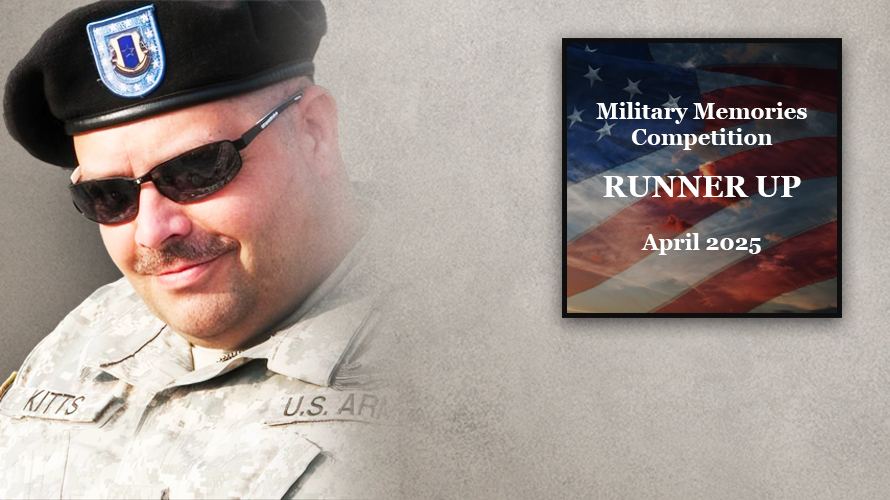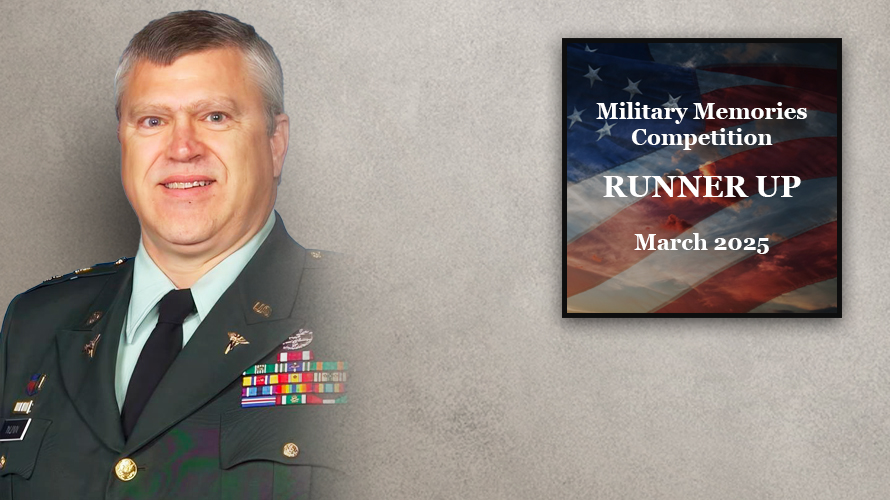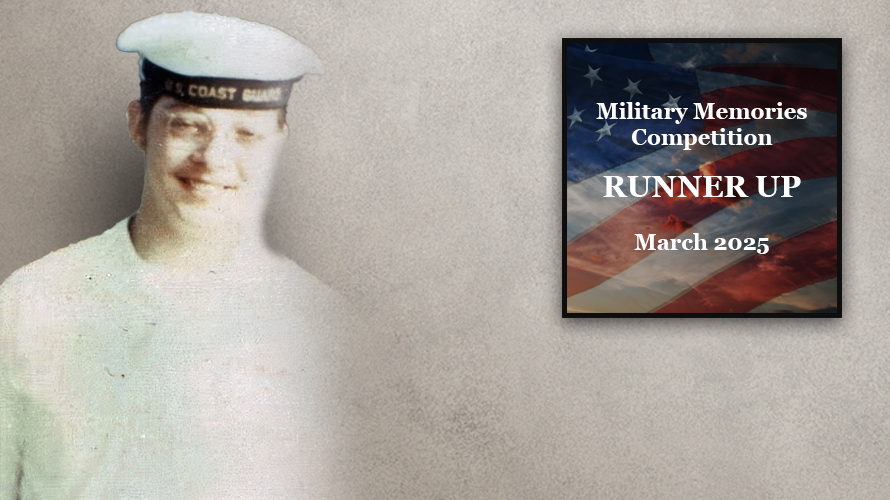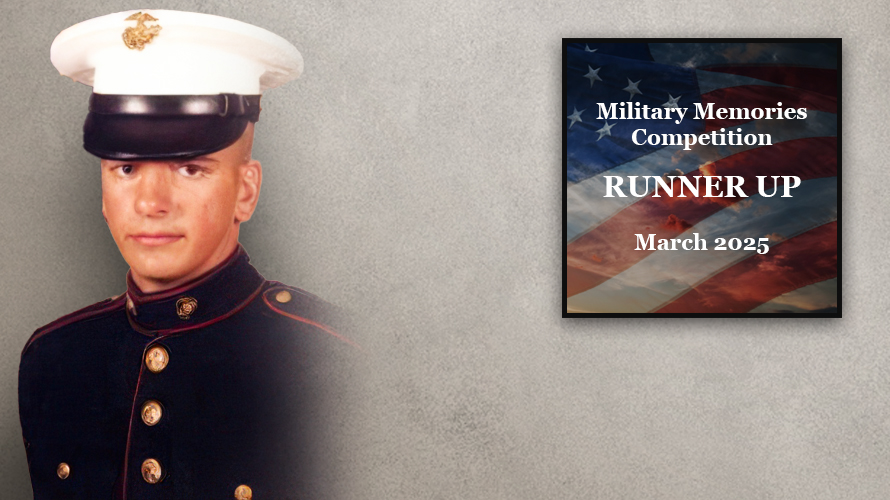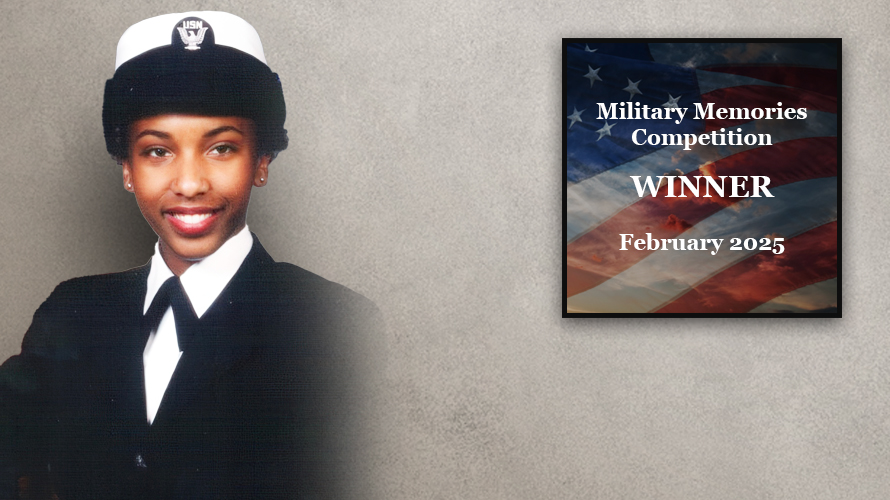What Advice Would You Give A New Recruit Just Starting Out Their Military Career?:
Those entering the military should pay attention to every word in training. Learn from those with superior training, experience, and higher ranks. If stationed abroad, learn the language and customs. You never know what seemingly trivial lesson may be the one that saves your life or that of a buddy. Learn to be the “gray man.” I learned that lesson the hard way when I couldn’t stay in step in Basic Training. Consequently, I spent a lot of time with grease traps. While cleaning one, someone entered the Mess Hall, asking who signed up to be a paratrooper. That wasn’t me. I was a wimp and the last one chosen when picking teams as a kid. They added that everyone going Airborne needed to take the Airborne Physical Training test. I took that test to get out of the grease trap and barely passed.
